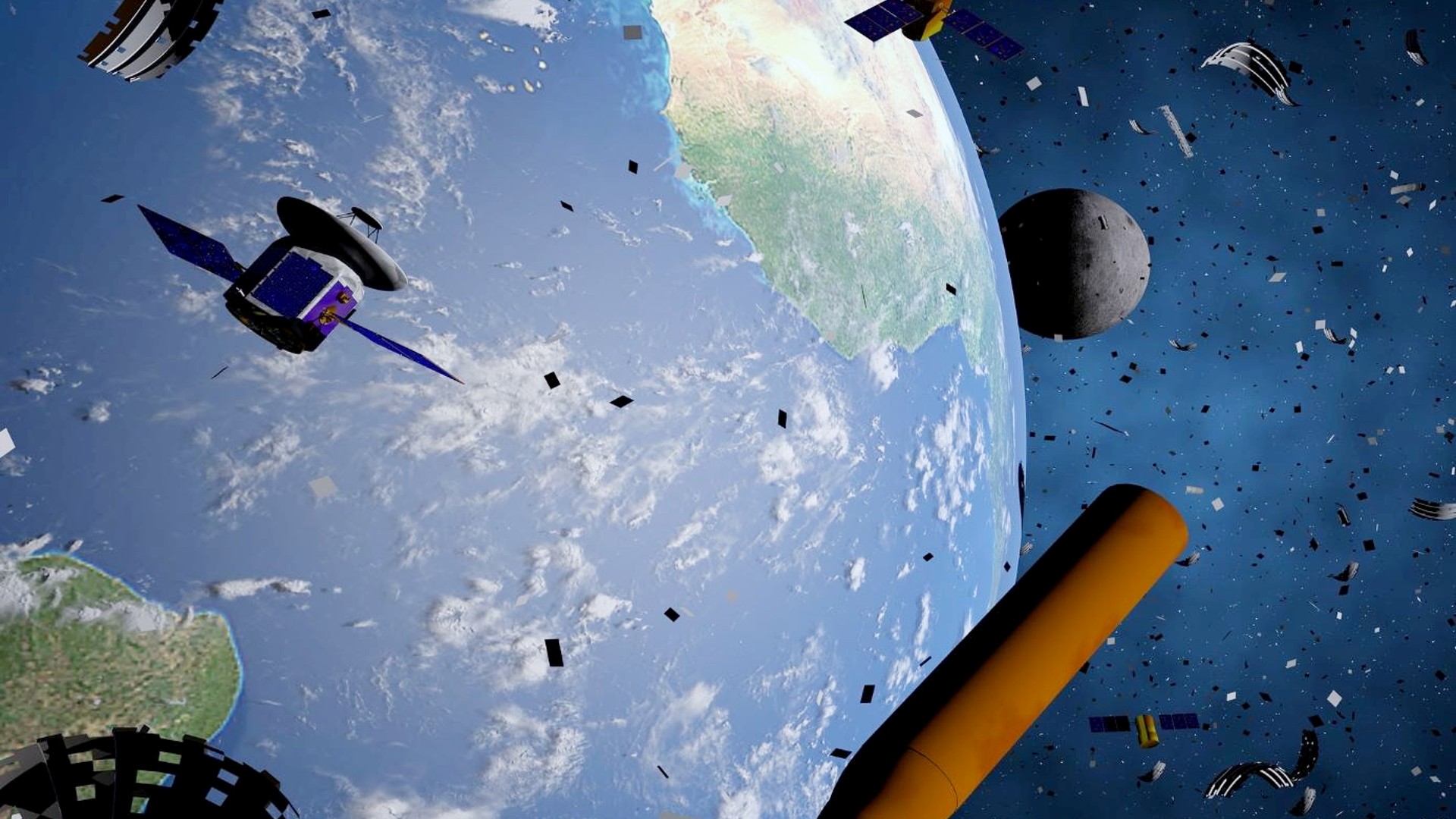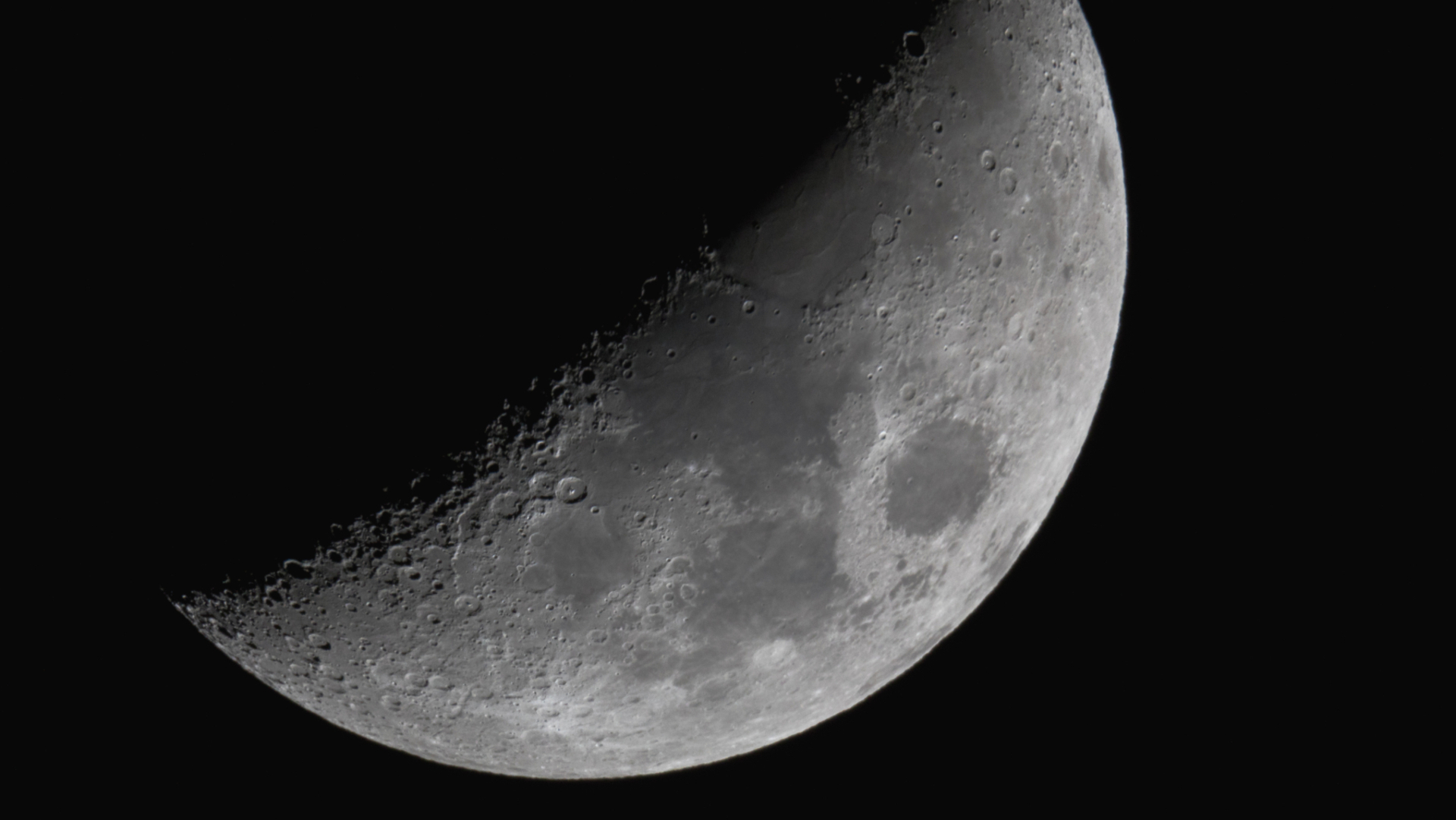New space junk project aims to detect and monitor 'untrackable' objects
'It's not about the size, it's about the energy.'

Close to seven decades after the launch of humanity's first artificial satellite, Sputnik, Earth is surrounded by millions of pieces of space junk that could collide and cause significant damage to satellites, but most of them are too small to be monitored.
Now a new, federally funded project aims to spot and track such dangerous pieces of tiny space debris, for which no technology exists yet.
"It's not about the size, it's about the energy," Piyush Mehta, an assistant professor of mechanical and aerospace engineering at West Virginia University who is leading the new project, said in a statement. "It may be the size of a grain of salt, but, because it's traveling so quickly, it might be comparable to a truck moving at 70 miles an hour [113 kph]. You don't want to be in its path."
Related: Taking out the trash: Here's how private companies could be vital for space debris removal
Objects in low Earth orbit (LEO) that are bigger than a softball are currently tracked by the U.S. Air Force's Space Surveillance Network (SSN) using radar and optical sensors stationed around the world. While this technology can monitor the orbits the objects are in and use that information to predict close approaches and potential collisions, there is no currently no way to track very tiny space debris objects, which have very high destructive potential given their tremendous speeds.
For example, at 250 miles (400 kilometers) up — the average altitude of the International Space Station — objects zoom around Earth at about 17,900 mph (28,800 kph).
The latest project is being funded by the U.S. government's IARPA program (short for "Intelligence Advanced Research Projects Activity"). It will first detect and characterize the tiny pieces of debris, after which technologies and algorithms to track the hazardous objects may be developed, according to the same statement. To do so, researchers plan to create and work in a simulated environment that reflects the real-world system, although details are few.
Breaking space news, the latest updates on rocket launches, skywatching events and more!
One way to monitor tiny pieces of space debris could be via equally small pieces of technology. Last month, Belgian company Arsec began developing a device that uses existing star trackers onboard satellites to map the paths of debris pieces. If it pans out, such a device could boost our understanding of how much minute pieces of debris clutter our local space environment.
Experts say that a major collision among pieces of space debris in LEO will happen at some point, if we don't change our behavior and/or improve our tracking technology. With recent investments in projects that tackle detecting and monitoring objects in the crowded environment, some solutions to this daunting problem may be on the horizon.

Sharmila Kuthunur is an independent space journalist based in Bengaluru, India. Her work has also appeared in Scientific American, Science, Astronomy and Live Science, among other publications. She holds a master's degree in journalism from Northeastern University in Boston.
